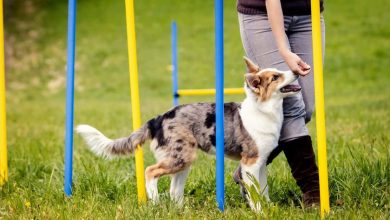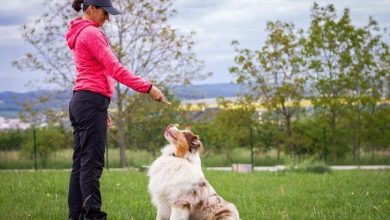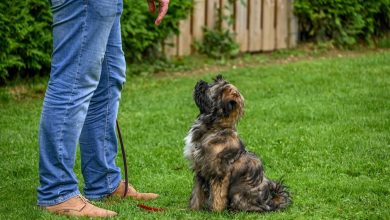Teaching your dog to follow commands without treats

Teaching your dog to follow commands is a rewarding journey that goes beyond the simple exchange of treats for tricks. While treats can be a useful tool in the early stages of training, relying solely on them can limit your dog’s responsiveness and understanding. In this guide, we’ll explore effective strategies for encouraging your dog to obey commands without the need for constant snacking. By focusing on building a strong bond, using positive reinforcement, and understanding your dog’s unique motivations, you can cultivate a well-behaved companion who listens because they want to, not just because they expect a treat. Whether you’re a seasoned pet owner or a first-time dog parent, these tips will help you create a harmonious and fulfilling relationship with your furry friend. Let’s dive in and discover the joys of training without treats!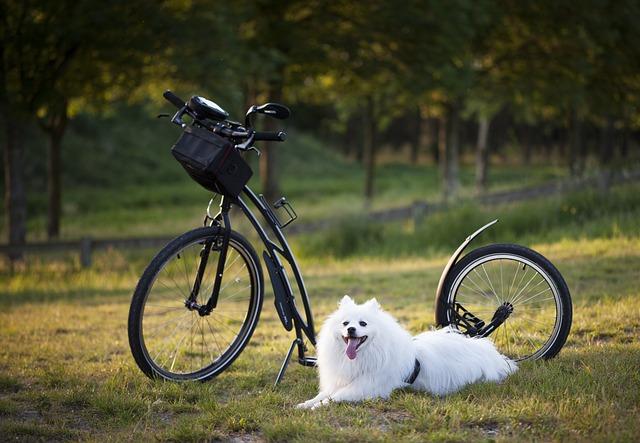
Understanding the Basics of Positive Reinforcement
Positive reinforcement is a powerful tool in dog training that encourages desirable behavior through rewards. While treats are commonly used, they aren’t the only way to reinforce good behavior. Understanding alternative methods can help you teach your dog to follow commands without relying on treats.
- Verbal Praise: A cheerful “Good job!” or “Well done!” can be just as effective as a treat. The key is to ensure your tone is enthusiastic and your timing is precise, rewarding your dog immediately after they perform the desired action.
- Physical Affection: Dogs love physical touch, so petting, belly rubs, or a gentle scratch behind the ears can be great motivators. This not only reinforces good behavior but also strengthens your bond.
- Playtime: Use play as a reward. A quick game of fetch or tug-of-war can be a delightful incentive for your dog. Incorporating play into your training sessions keeps things fun and engaging.
- Freedom: Allowing your dog a bit of freedom, like a walk or some off-leash time in a safe area, can be a powerful reward for following commands.
By integrating these strategies into your training routine, you can effectively communicate with your furry friend and foster a positive learning environment. Remember, consistency and patience are key to achieving the best results.
Building a Strong Bond with Your Canine Companion
Training your dog to follow commands without the use of treats can enhance your relationship by building trust and understanding. Start by utilizing positive reinforcement techniques that go beyond treats. Engage your pup with enthusiastic verbal praise, gentle pats, or even a fun play session. Dogs are highly perceptive to their owner’s tone and body language, so ensure your feedback is consistent and genuine. Here are some alternative methods to reinforce good behavior:
- Verbal Praise: Use a cheerful and excited tone when your dog successfully follows a command. Words like “Good job!” or “Well done!” can make a big difference.
- Physical Affection: A simple pat on the head or a belly rub can be just as rewarding as a treat.
- Playtime: Reward your dog’s obedience with a short game of fetch or tug-of-war. This not only serves as a reward but also strengthens your bond.
- Consistency: Be consistent with commands and rewards. Dogs thrive on routine and knowing what to expect.
By incorporating these methods, you’ll cultivate a mutual respect and understanding with your canine friend, paving the way for a lifelong partnership based on trust rather than treats.
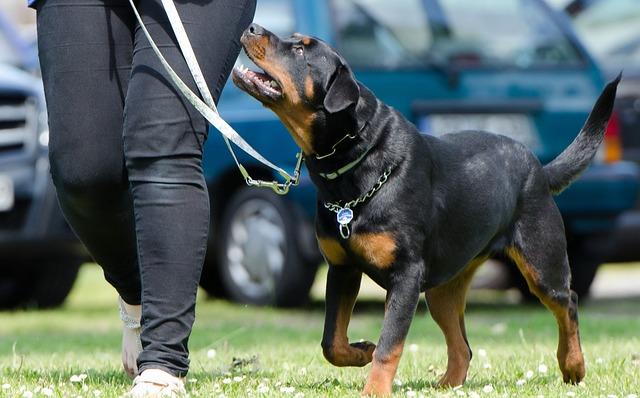
Mastering the Art of Consistent Commands
Training your dog to obey without the allure of treats can be a rewarding endeavor, enhancing your bond and creating a more reliable response to commands. Here’s how to cultivate this skill:
- Consistency is Key: Use the same verbal cue and hand signal each time you give a command. This helps your dog associate the specific action with your instruction.
- Positive Reinforcement: While treats are out of the picture, don’t forget to shower your dog with praise, affection, or playtime. Dogs thrive on positive feedback, and a heartfelt “good job” can work wonders.
- Patience and Practice: Remember that learning takes time. Regular, short training sessions will yield better results than infrequent, lengthy ones. Aim for 5-10 minutes of practice a few times a day.
- Gradual Transition: If your dog is accustomed to treats, slowly phase them out. Start by offering treats intermittently and eventually rely solely on verbal praise and affection.
By following these strategies, you can encourage your dog to respond to commands consistently, fostering a relationship built on trust and mutual understanding.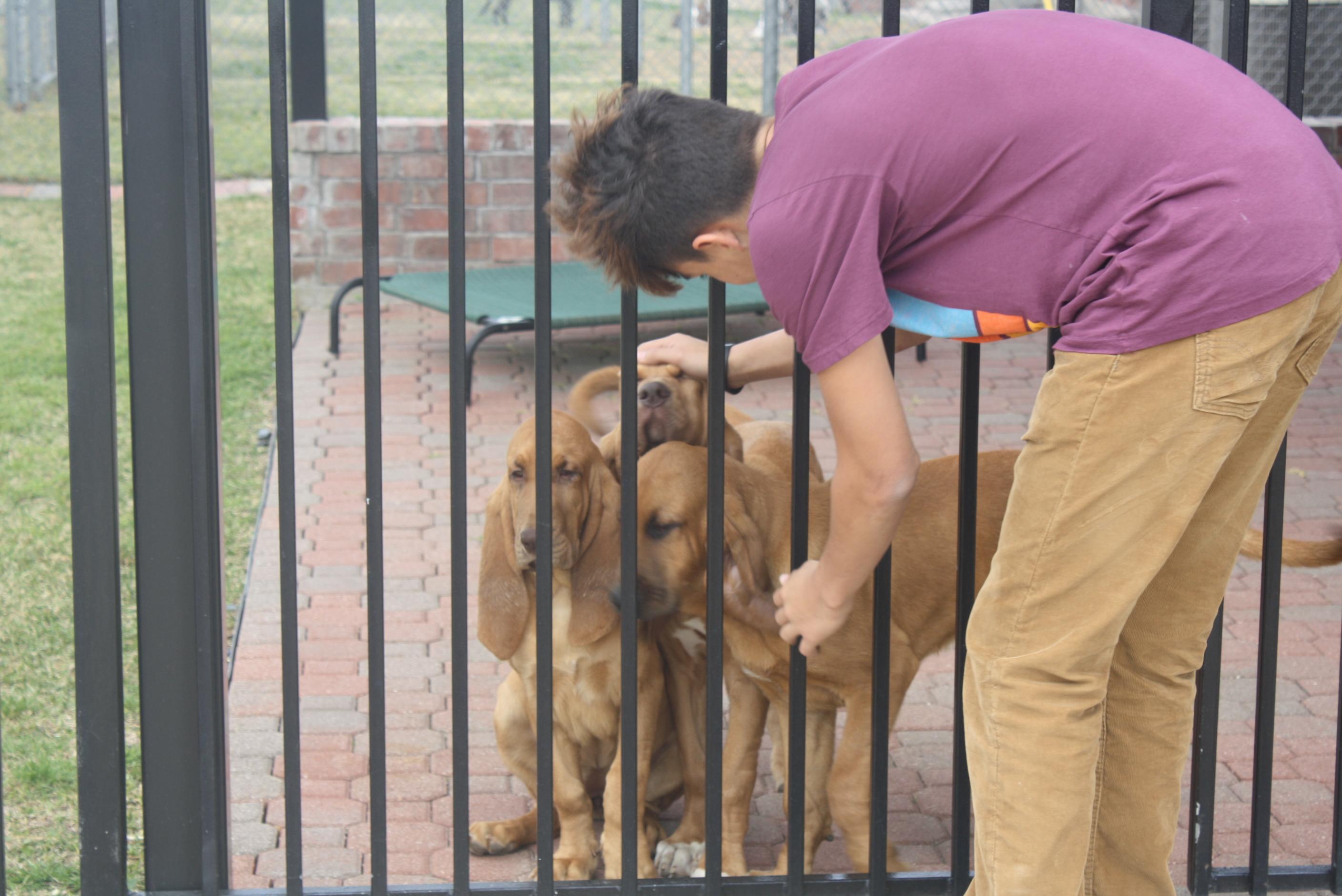
Creative Alternatives to Treat-Based Training
Exploring innovative ways to train your dog can be both rewarding and fun. One effective method is using verbal praise and affection. Dogs are highly social animals, and they thrive on the attention and approval of their owners. Try using enthusiastic words, a gentle pat, or a playful rub as a reward when your dog follows a command successfully. This not only reinforces the behavior but also strengthens your bond.
- Interactive Play: Engage your dog with their favorite toy or game as a reward. This could be a game of fetch, tug-of-war, or even a few minutes with a squeaky toy.
- Clicker Training: A clicker can be a powerful tool when used correctly. The sound of the clicker, followed by praise, can become a signal of success for your dog.
- Training Games: Incorporate games like hide-and-seek or obstacle courses to keep your dog mentally stimulated while reinforcing commands.
- Consistency and Routine: Dogs appreciate structure. Regular training sessions at the same time each day can create a routine that makes learning easier and more enjoyable.
By integrating these strategies, you can foster an environment where learning is enjoyable, and commands are followed with enthusiasm, even without the promise of treats.

